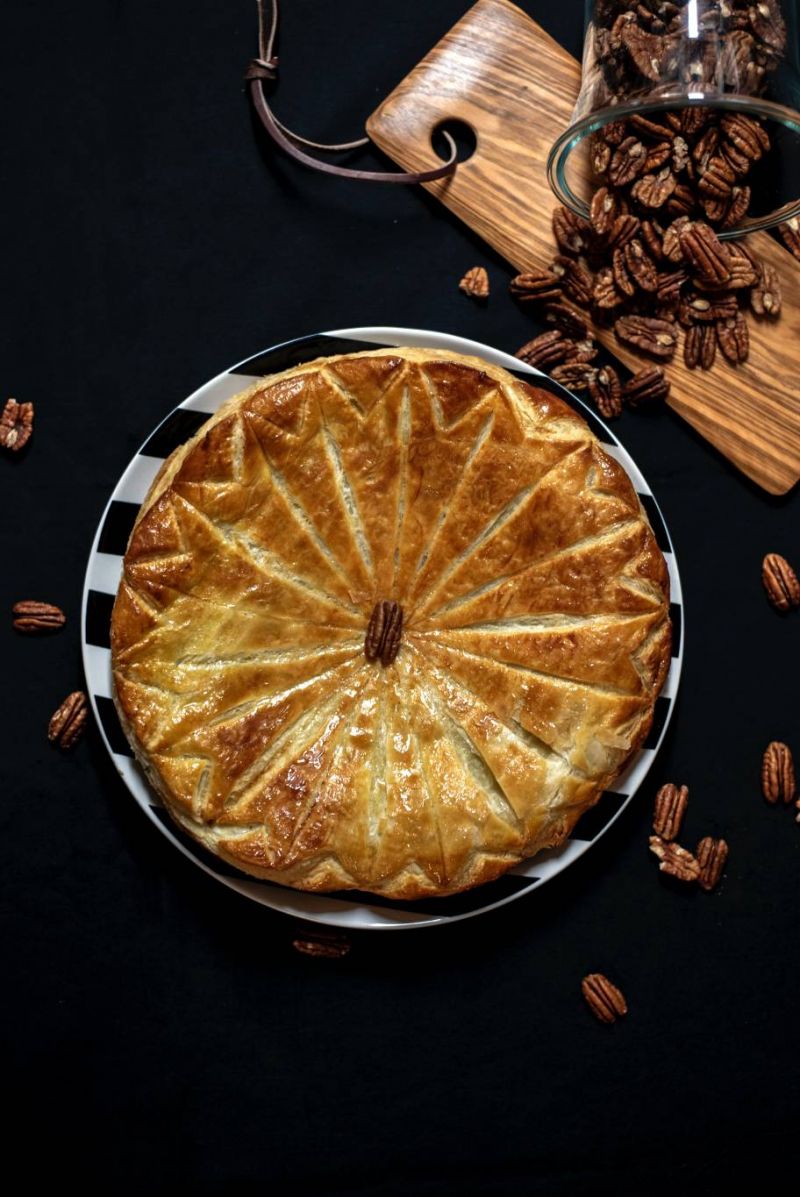
King's Cake. (Credit: Damien Creatz/Unsplash)
Every Jan. 6 of the Gregorian calendar, and 19th of the Julian one, Christians come together to share a “Galette des Rois” or “King’s Cake” in celebration of the Epiphany.
This event, which marks the revelation of Jesus Christ to the world, is believed to be one of the oldest Christian traditions.
The Bible relates the Gentiles' tale, also known as the Three Wise Men or Three Kings, who arrived in Bethlehem that day to pay homage to Jesus Christ.
It is believed that the three kings offered three presents to 12-days-old Jesus: Gold, incense and myrrh — symbolizing his roles as a king, a god and as a mortal man.
A Roman tradition lives on
As is often the case with Christian celebrations, the King’s Cake is inherited from the Roman tradition of Saturnalia.
Celebrated in December, Saturnalia was an ancient Roman festival and holiday that honored Saturn, the god of agriculture, harvest and time.
On this occasion, slaves were invited to share a feast with the Romans. The magazine GEO noted that “this festival was an opportunity to abolish all social barriers, particularly between masters and slaves.”
During the banquet, everyone shared a cake, and whoever landed on the bean hidden inside was declared “Prince of Saturnalia,” earning the right to fulfill all their desires for the day.
Just like in Saturnalia, the King’s Cake tradition entails that the youngest person sits beneath the table and designates each person’s piece.
In the Middle Ages, whoever became king had to pay for a round or a treat for all attendees. Some swallowed the bean in order to avoid this pledge. In response, “the edible bean has been replaced by a porcelain bean,” explained National Geographic Magazine.
Additionally, depending on the era and the region, it can occasionally be replaced by a gold or silver coin.
Regional variations
There are regional variants in this celebration today. In France, its origin country, as well as Quebec, Belgium, Luxembourg, Lebanon and others, the cake is crafted from puff pastry filled with almond cream (‘frangipane’).
In some other countries, like Germany, a different shape is used and a whole almond is employed as a 'fève' instead of the porcelain bean.
Portugal has its own twist to the recipe and tradition, where the designated king or queen has to pay for the cake the following year.
In Lebanon, flavors like orange and vanilla have often been incorporated into the recipe.
It is unclear how the Galettes des Rois made it to Lebanon. In the archives of our sister company L’Orient-Le Jour, which date back to 1925, it was first mentioned in... 1951.
 (Credit: L'Orient-Le Jour archives)
(Credit: L'Orient-Le Jour archives)